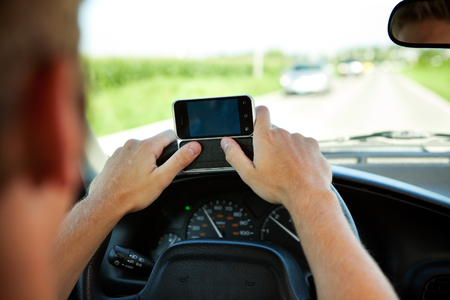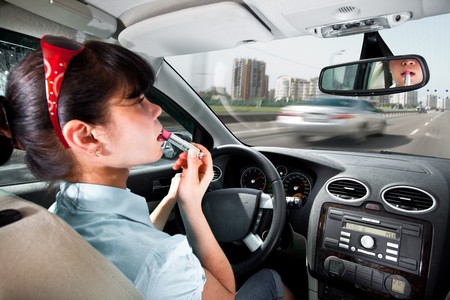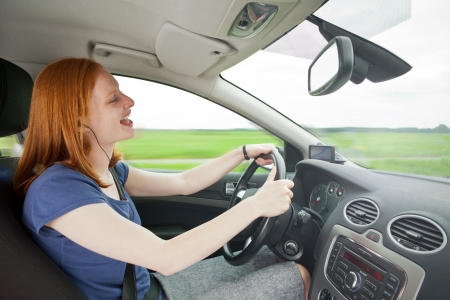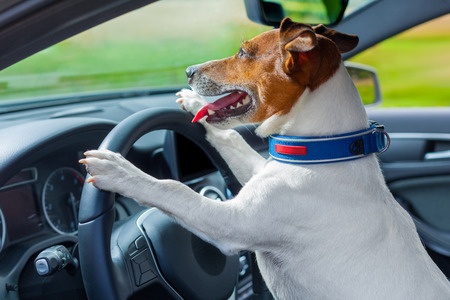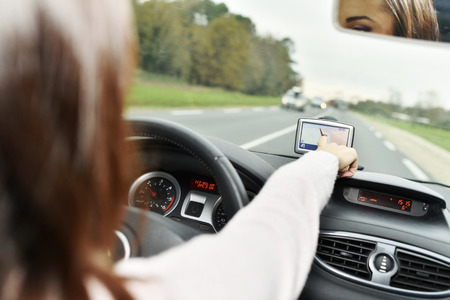(Series: 10 Dangerous Practices to Avoid While Driving)
It’s common for drivers to get upset. Many times a person is distraught in some way before they even enter their car – a disappointment occurred, an argument happened, a trauma was experienced. Road rage is not just getting upset at another driver. All a motorist needs to do is be in a negative mindset.
Driving with a negative mindset is dangerous. It causes mental distraction affecting one’s ability to concentrate. Getting angry at another driver (regardless of who’s fault it is) may cause a person to drive more aggressively. It’s an accident waiting to happen.
If you find yourself in a negative mindset, get calm and collected as soon as possible – preferably before starting your drive. Don’t put anyone’s life in danger, including life of your passengers, because you are having a bad day. It’s not always easy, but it’s worth it.
Choose to drive safely. If you find your ire increasing, do what it takes to settle things down for the sake of yourself, those who may be riding with you and for those who are in the other vehicles around you.



